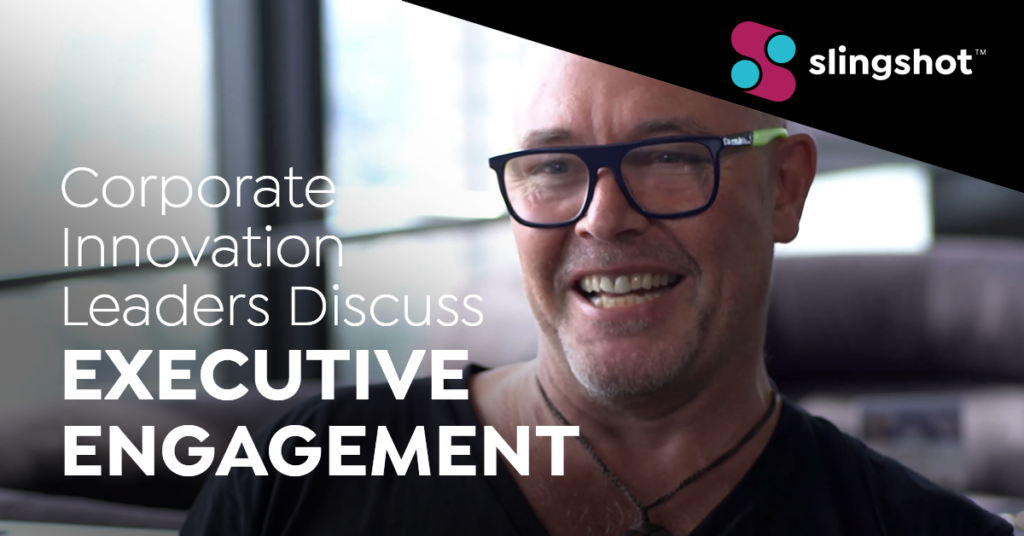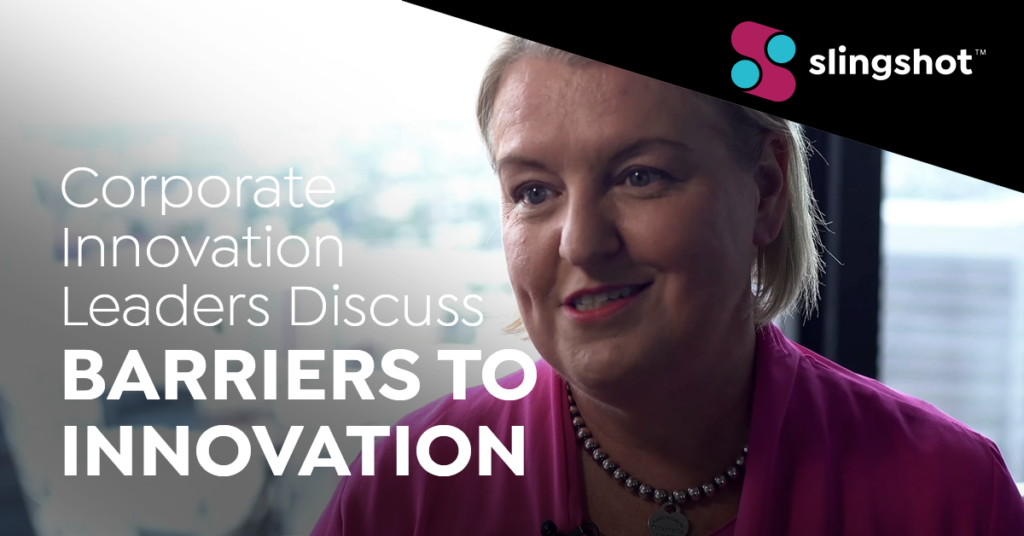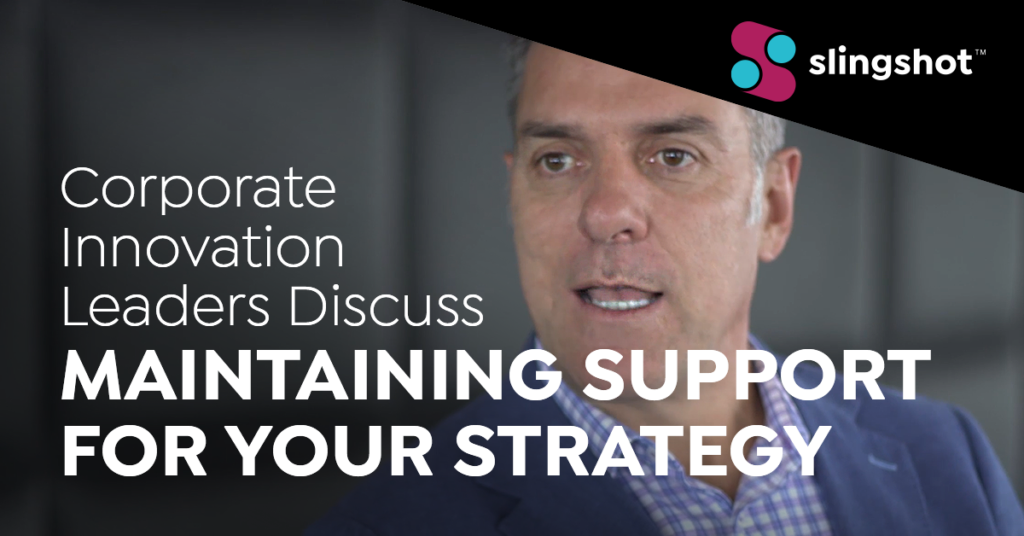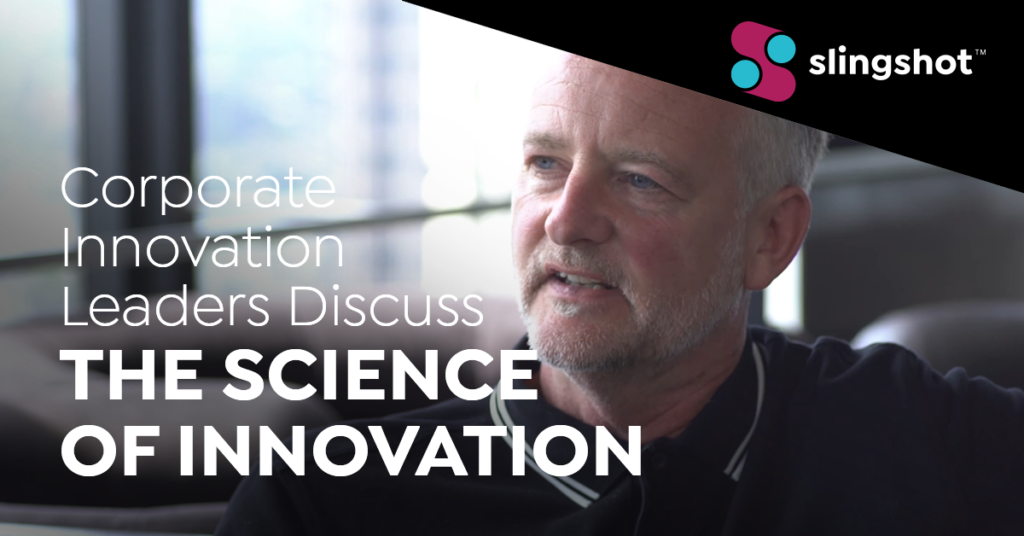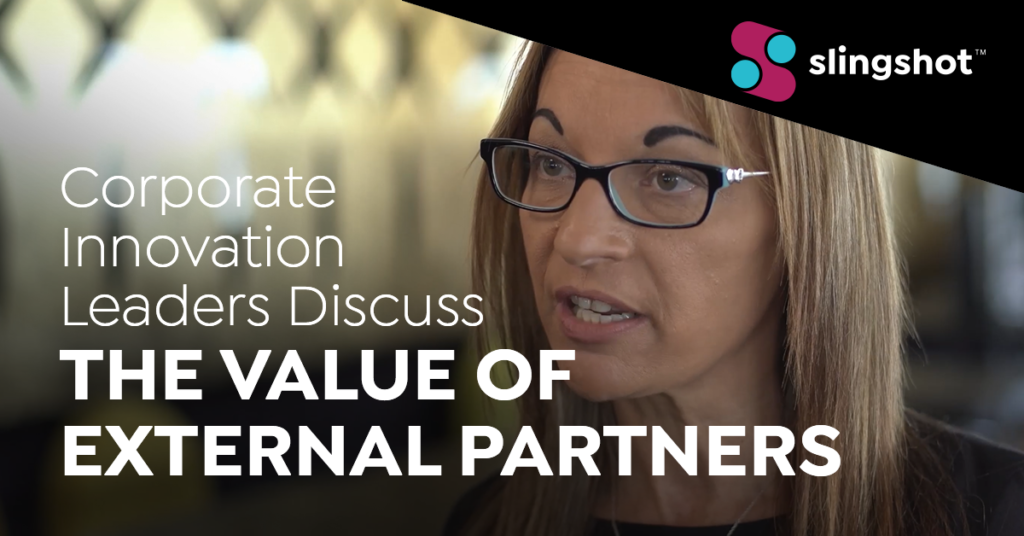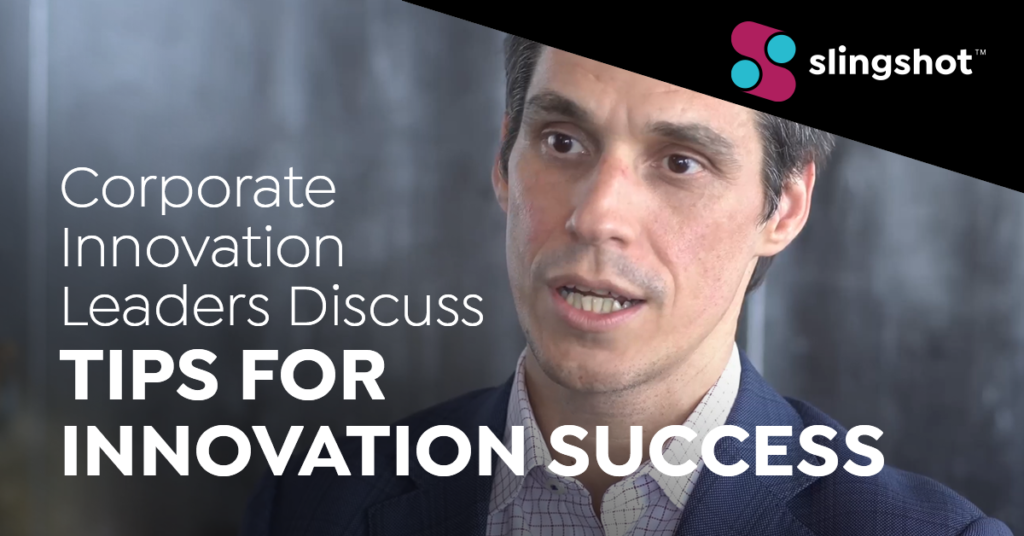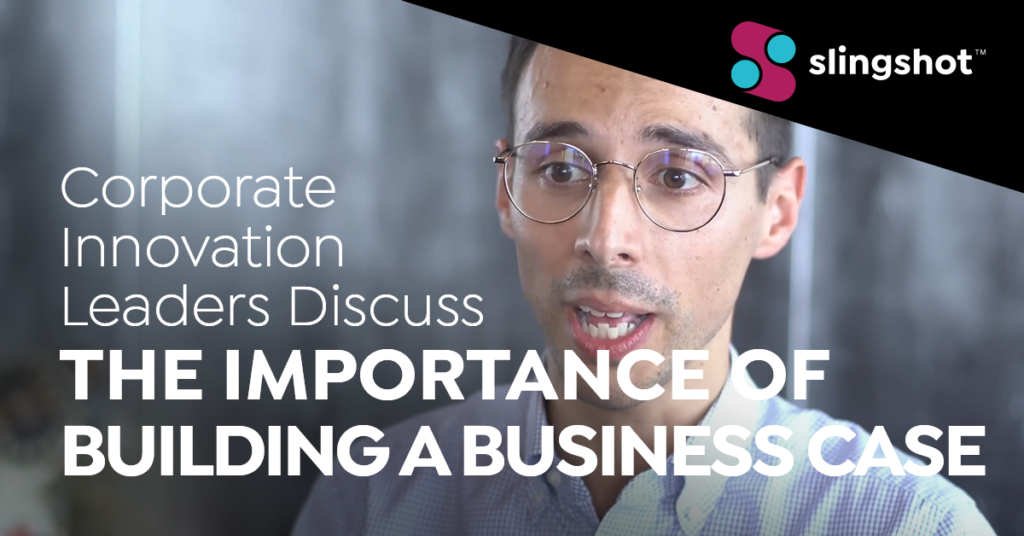02: Executive Engagement
In mid 2020 we sat down with a group of the countries most recognised and experienced corporate innovation leaders for their unfiltered and honest view of key industry issues. They represented both clients, customers and agencies servicing the industry.
David Parfett
ex Qantas and Scentre group innovation Strategy and Venture leader
Big financial benefits rarely come in the early days, particularly when you’re dealing with earlier-stage companies. What does come is insight, unique insight, into a different category or product or market that you otherwise wouldn’t have gone yourself.
Align upfront with your internal executive stakeholders around what you’re solving for, what are the key thematics that’s important to them, that can set you off on the right foot. And then be really clear around the kind of success metrics that will come over time and constantly report back on those metrics is important.
It’s critical both for external credibility and to get internal cut through within the organization. How you gain it is to be really upfront with your stakeholders around where to focus your attention and what are their success metrics.
Anthony Johnston
CEO at CoVentured
Executive buy-in has to be at the strategy stage. Executives are responsible for executing strategy so they need to buy in to the tactics that they use to implement that strategy. It has to be early and that includes budget.
Colin Weir
CEO at Moroku
So to change a culture and to be innovative, it’s gotta come from the top. You can’t just say, “here’s a bunch of values I want everyone to follow and here’s what we’re gonna do.” No, you have to do it.
If I don’t get executive engagement, I don’t go there. Because I can’t get the push through, I can’t get the cut through on some of the key issues. I need assuring upfront that we will have regular catch-ups and maintain the cadence with the executives so that we’re checking in and we’re maintaining that along the way, otherwise, we just don’t turn up.
Lorraine Thomas
Chief Officer, Product & Innovation at HCF Australia
Corporate teams are leader-lead and innovation is often not at the top of everyone’s priority lost. If they can see executives behind innovation, they’re more likely to give discretional effort and creative energy to get the job done and to deliver successful outcomes.
Giles Day
Founder and COO at Big
The usual flaw would be that you see c-suite at the start of the project and then don’t see them ’till the end. And that just can’t work. Provoke a conversation by showing them something, that’s halfway to the answer. Do that regularly along the process, so it’s listen, do, and then debate so at projects end they have helped build the solution.
Melissa Witheriff
Head of Digital Innovation CUA
What drives an innovation culture is sponsorship from the board, executives and senior leaders all the way through the organization. And the second piece to that is to be able to have the agile teams, to be able to work together, to be able to co-design and create opportunities that will scale.
Pierre-Alexandre Schaupp
Innovation and Strategy at News Corp
Gaining executive engagement and maintaining it, that’s the trickiest thing to do about corporate innovation. Don’t look at the idea look at the key sponsor. Having a clear understanding of how innovation can support their own priorities and their own agenda is actually very key for the success of any innovation program.
Engage a portfolio of different executives face-to-face a build your personal brand. You cannot only rely on one person because if this person goes out, you’re basically. the program is, like, done.


